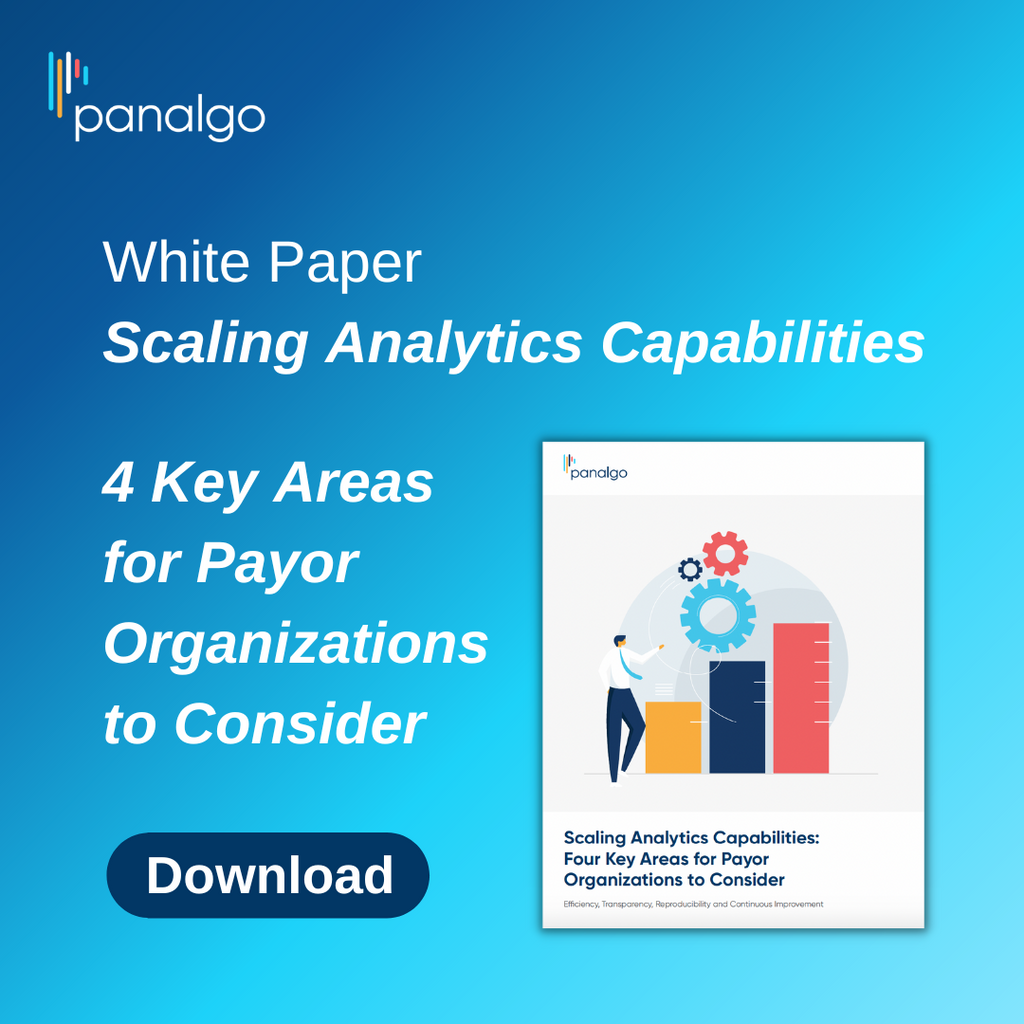Rise of GLP-1s Puts Growing Pressure on Medicaid
-
Mar 28, 2024
One in five state Medicaid programs covered at least one anti-obesity medication in 2023, while the amount of reimbursement for these drugs has increased dramatically over the past decade, according to a recent JAMA study.
The researchers studied state Medicaid coverage policies for six anti-obesity drugs approved by the FDA through 2022 — orlistat, lorcaserin, phentermine-topiramate, bupropion-naltrexone, liraglutide, and semaglutide. For the two GLP-1s — liraglutide and semaglutide — the study examined both their branded versions for obesity treatment (Saxenda and Wegovy) and the versions to treat diabetes (Victoza and Ozempic). (It is likely, per news reports, that a substantial amount of diabetes-coded utilization of GLP-1s is actually off-label weight loss utilization.)
The study found that, as of the first quarter of 2023, 10 of 47 states with public preferred drug lists covered at least one anti-obesity medication. Five states (11%) had no utilization management restrictions — such as prior authorization and/or step therapy — for at least one of these drugs, while 39 states (83%) had unrestricted coverage of at least one of the two diabetes versions of GLP-1s.
Meanwhile, the number of antiobesity medication prescriptions reimbursed by state Medicaid programs increased more than 1,300% from 2011 to 2022, from 7,611 to 108,525, driven by greater coverage of GLP-1s. In 2022, 87% of reimbursements for anti-obesity medications were for Saxenda or Wegovy. The number of states with documented reimbursements for anti-obesity treatments reached 22 in 2022, compared to 13 in 2011.
Increasing demand for GLP-1s, along with their hefty price tags, adds pressure on state Medicaid programs. From 2019 to 2022, the number of prescriptions for GLP-1s — Novo Nordisk’s Ozempic, Rybelsus and Wegovy and Eli Lilly’s Mounjaro — increased over 600%, while Medicaid gross spending per prescription increased 23%, a 2023 KFF analysis found. The cost of each of these drugs before rebates was over $900 per prescription by 2022.
As of March 2024, the diabetes versions of GLP-1s (Victoza and Ozempic) have better coverage than their brands indicated for obesity (Saxenda and Wegovy) in state Medicaid programs, according to MMIT Analytics. (MMIT is the parent company of AIS Health.) The majority of Medicaid enrollees have plans that put Victoza on the preferred/preferred (prior authorization and/or step therapy) tier under the pharmacy benefit, while only eight states — Delaware, Michigan, Minnesota, Mississippi, New Hampshire, Pennsylvania, Rhode Island and Virginia — put Saxenda on those tiers.
This article was reprinted from AIS Health’s subscription publication Radar on Drug Benefits.
© 2025 MMIT








